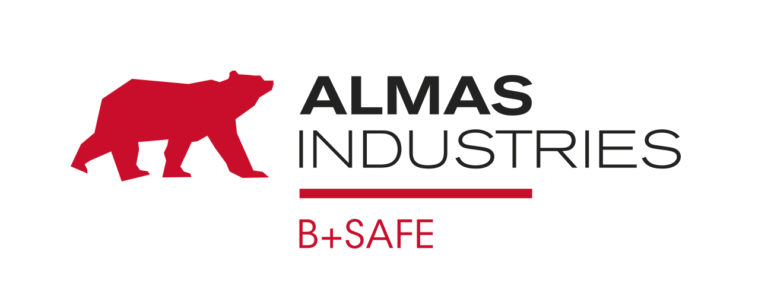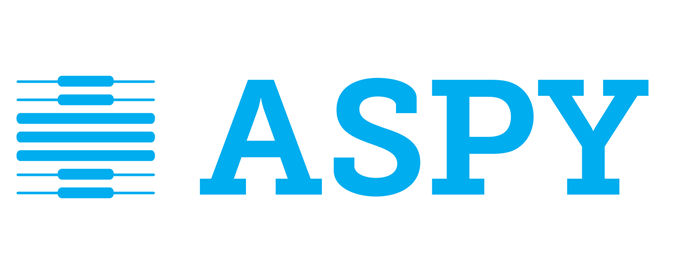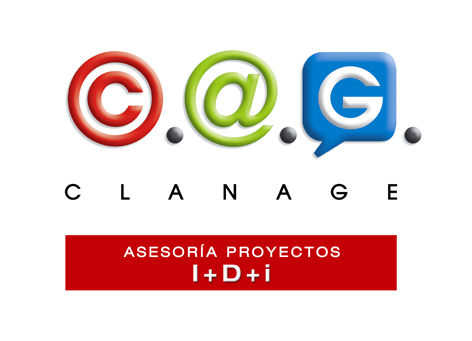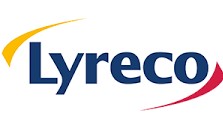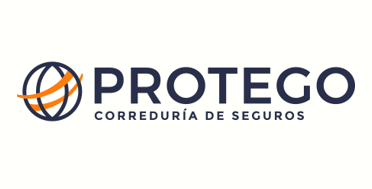From Anafric, we echo the article published in www.realidadganadera.es in which they present the METALGEN project, in which the National Institute of Agricultural and Food Research and Technology (INIA), the Basque Institute of Agricultural Research and Development ( NEIKER) and CONAFE, and which implemented the methodology thanks to which the control of methane emissions on farms has been incorporated since 2021 among some CONAFE partners.
Cows, in their feed fermentation process in the rumen, generate methane. This supposes the consumption of an energy that could be consumed for other metabolic functions. nFurthermore, methane has a high calorific value, being a greenhouse gas. However, the useful life of methane in the atmosphere is between 15 and 20 years, therefore, if we achieve a reduction in emissions, we will achieve a positive effect in the short term and the feed efficiency of the dairy herd will be improved.
The objectives of the METALGEN project have been to study the best way to measure methane emissions in a large number of animals in an efficient and non-invasive way; determine which microbiota improves feed efficiency and reduces greenhouse gas emissions; and design rations and genetic improvement strategies to obtain more efficient animals, improve the competitiveness of livestock farms and mitigate the emissions associated with milk production.
The METALGEN project studies measuring methane emissions in a large number of animals in an efficient and non-invasive way.
[vcex_button url=”https://old.anafric.es/articulo-en-realidad-ganadera-mejora-de-la-eficiencia-alimentaria-y-la-disminucion-de-las-emisiones-de-metano/” title=”MORE INFORMATION ABOUT METALGEN PROJECT” style=”flat” align=”left” color=”pink” size=”small” target=”self” rel=”none”]MORE INFORMATION ABOUT METALGEN PROJECT[/vcex_button]

